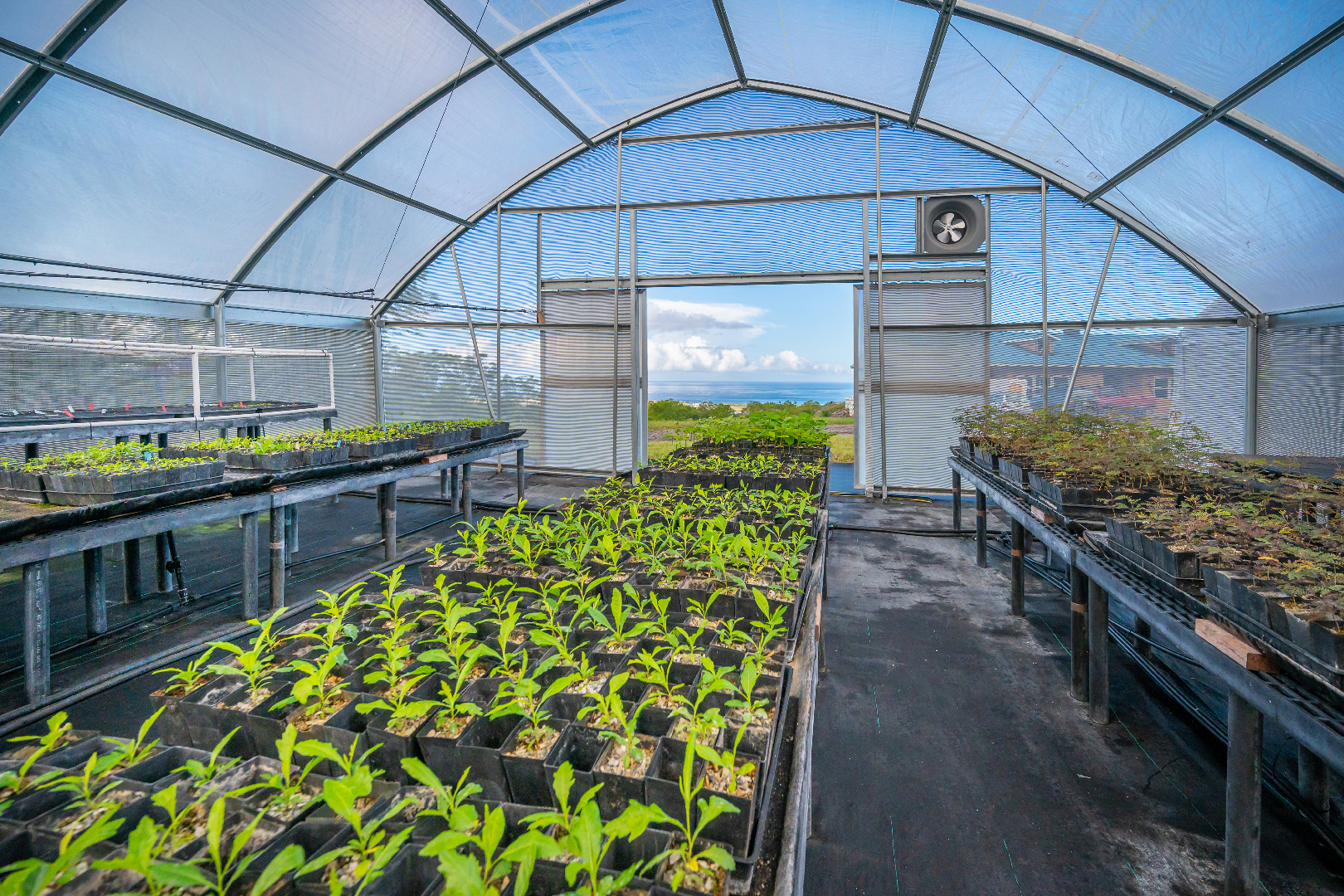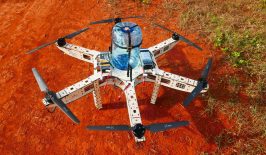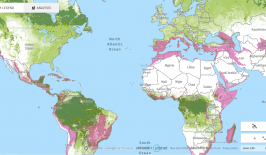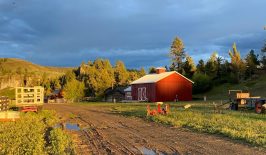The fact that Wong, who has worked at Reddit, Paypal and Facebook, is no stranger to the world of big tech will understandably spark skepticism. “Technological solutionism” has been much derided, with many tech entrepreneurs often selling marketing campaigns that are ultimately more effective than their alleged sustainable solution.
But there are clearly some advantages to Terraformation’s approach. Due to the nature of the company, which borrows its approach from Silicon Valley startups, Terraformation has something that a lot of non-profit initiatives do not: money. In the company’s latest funding round, they raised an impressive 30 million USD, having attracted many high-profile angel and institutional investors.
Terraformation seems particularly interested in solving the problem of scale. We know that forests capture carbon, but we need to move fast, so how can we make reforesting en masse easier and quicker?
A Recipe for Reforestation Success?
Terraformation’s approach is to target the bottlenecks standing in the way of mass reforestation: the availability of land, water, and seeds. The company has developed what sounds like the IKEA of forests: standardised, modular solutions that can be deployed across different environments.
Firstly, the company has created a seed bank housed in a shipping container, which is solar-powered and includes all the equipment for storing the seeds needed to replant forests. Seed shortages are a key barrier to reforestation, with many seeds today damaged by unsuitable storage conditions. Terraformation’s seed labs are capable of storing up to five million seeds, enough to restore 5,000 acres of land per year.
Terraformation has also developed a flat-pack greenhouse, which includes everything needed to germinate seedlings. This nursery kit can be put together with just two people and can support approximately 20,000 trees per year.
To tackle water shortages, Terraformation has built an off-grid, solar-powered desalination system that can produce over 30,000 gallons of water per day. This is particularly necessary in arid regions, where extra water is needed for the trees to thrive.
With these methods, Terraformation claims to have achieved a reforestation rate of around five times the industry average. Their plan is to partner with organisations and companies around the world to roll out their smart solutions. Rather refreshingly, Wong says he is also happy for others to copy Terraformation’s ideas, claiming that no single organisation can solve this problem alone – so they’ll need all the copycats they can get.
Questions of how feasible Terraformation’s bold plan to reforest three billion acres really is, and how the replanted forests will be effectively managed, abound. But with time ticking, Terraformation’s ambition and commitment to problem-solving may just have something we desperately need.









